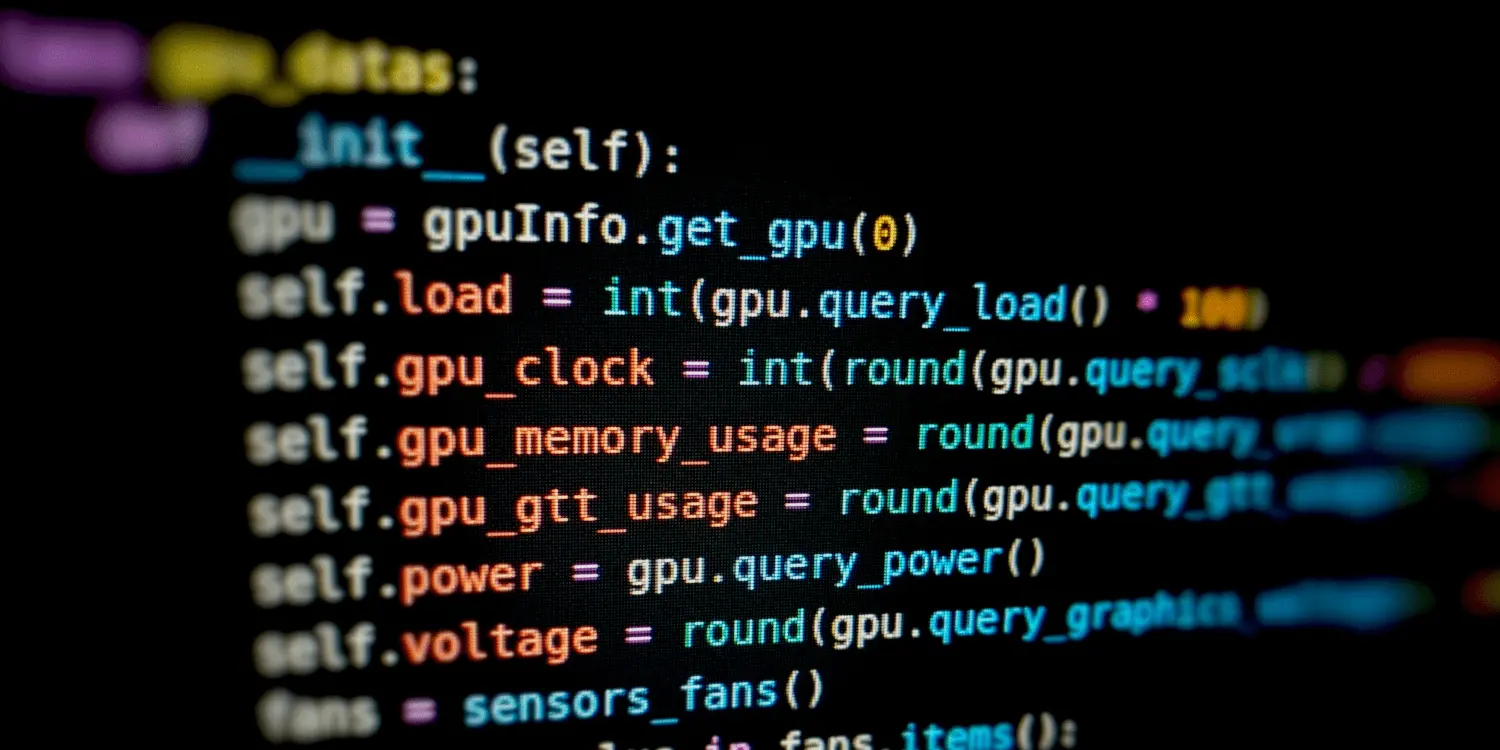Have you ever heard anyone talking about LAMP vs LEMP vs MEAN or any of the three individually and wondered what that meant? Well, you are in the correct place if that is the case for you.
LAMP, LEMP, and MEAN stacks have been around for quite some time in the world of software development. We don’t know exact dates for when these stacks were originated but as a best guess, LAMP has been around since 1994, LEMP since 1995, and MEAN since about 2013.
Lets figure out what each term means and which one might be the right stack for you.
LAMP Stack
As you probably have already guessed, LAMP stack web development is an acronym. It stands for Linux, Apache, MySQL, and PHP. Each one of these is open source and free which makes it a very popular stack to use and develop with.
Out of all the development stacks we are talking about in this article, LAMP stack is the most popular. It is certainly the most commonly used so there is the most resources for it. If you are trying to learn LAMP stack, you will have the easiest time finding information you are looking for because of how popular it is.
GeekFlare states what Linux and Apache are best by saying “Linux operating system provides a base foundation on which all the other components of the stack can run. Apache is the webserver software it receives and handles all the requests from visitors. If someone requests index.html or a JPEG, Apache looks on the server for the file and sends it back to the visitor’s browser.”
MySQL is a relational database management system. It is based on SQL which means Structured Query Language. In other terms, it creates a database for storing and manipulating data as well as creating relationships with other tables in the database.
PHP is an acronym for Hypertext Preprocessor and it is a very widely used scripting language. PHP is the language that you will be using the most in a LAMP stack. There are other cases where the P may stand for Perl or Python but these are less common in a LAMP stack.
LEMP Stack
LEMP stack web development is another acronym and it stands for Linux, Nginx (engine-x), MariaDB, and PHP.
There are cases that the M can stand for MySQL but it is less common in a LEMP stack. There are also cases that the P can stand for Perl or Python just like in LAMP stacks. Out of Perl or Python, Python is definitely the more common language used but nothing compared to how often PHP is used.
The benefits of using LEMP over LAMP stacks is Nginx. Nginx is capable of handling huge amounts of traffic, way more than Apache, and would be a good choice for high traffic scenarios. Hosting companies usually use Nginx because it helps them handle large amounts of traffic.
MariaDB is similar to MySQL but just more popular of a choice in a LEMP stack. There are not a ton of differences other than a couple of technical differences that I will get into in another article.
MEAN Stack
MEAN stack web development is an acronym and it stands for MongoDB, Express, Angular, and Node.js. MongoDB is a NoSQL database. NoSQL databases are basically just a storage for data that is modeled different than a SQL database which is relational. Express is just a web framework that runs on Node.
Angular and Node.js are the fun parts of a mean stack. Angular is “a TypeScript-based free and open-source web application framework led by the Angular Team at Google and by a community of individuals and corporations.” Considering Angular comes from one of the largest tech companies in the world, it is becoming very popular. The software development world took in Angular with open arms and ran with it. It makes developing super simple and runs very smoothly and quickly. Between Angular and React, the software development world is changing in front of our eyes.
Although MEAN stack is younger than LAMP and LEMP stacks, there are many reason you would use it over the others. MEAN stacks use a single language throughout the whole application. Not only that, but it also tends to have better performance than the other stacks. You are also able to, and often forced to, use the MVC architecture which is great practice in development. Not only that but Javascript is one of the most popular languages in the world and has tons of resources for you to learn.
LAMP vs LEMP vs MEAN Conclusion
Hopefully this gives you an idea of which stack might be right for you. When it comes to LAMP vs LEMP vs MEAN stacks, there usually isn’t just one choice that fits all scenarios. If you are a beginner and wondering what you should learn first, I would suggest MEAN stack. MEAN stack is the new up and coming stack and will be much more widely used in the next couple years. If you are looking for more reading like this, check out our last post on React Class vs Functional Components. Leave a comment below on which stack is your favorite. As always, if you have any questions or concerns feel free to reach out and contact us.



